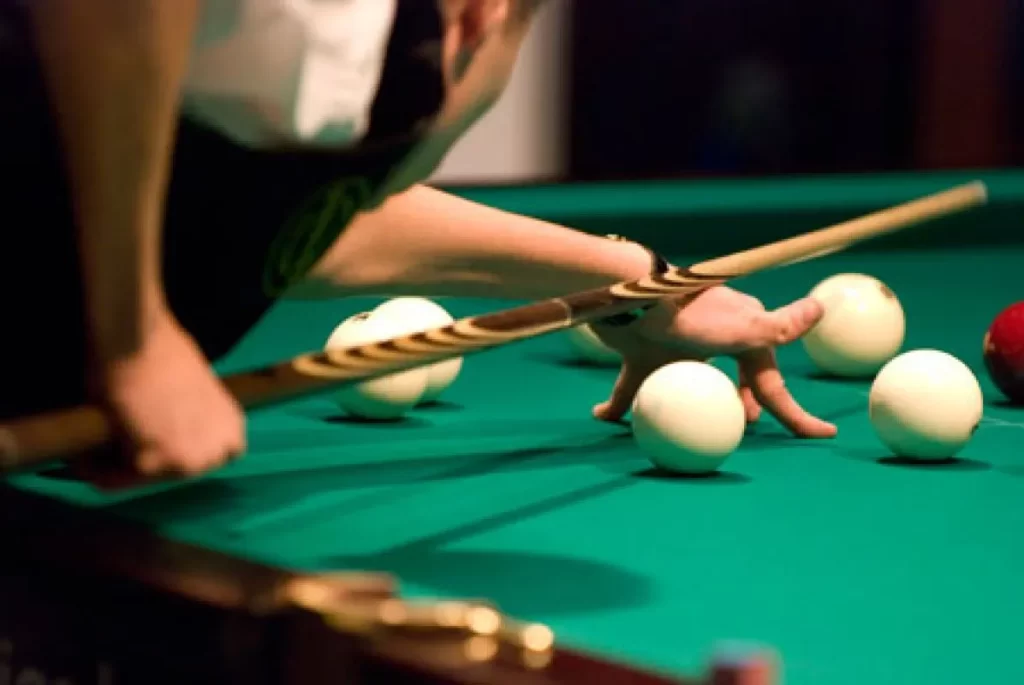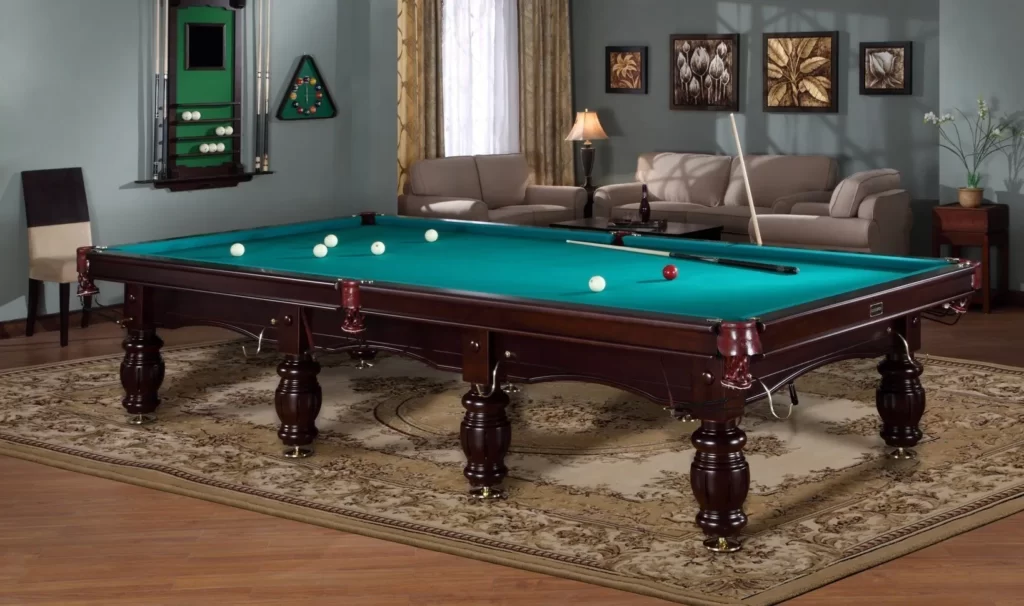Playing on nerves, strategy, the ability to stay calm and make accurate shots at critical moments. Snooker tournaments are spectacular events where the world’s best players compete for the title of champion.
The competitions that make up the Triple Crown take place in the UK, and all of them have unique features that make them real world sporting events. It’s not just the prize money – £500,000 for the World Championship and £250,000 for the other two tournaments – that matters here, but the history of each of these snooker events, the traditions that have been established over the years. The events bring together in their arenas the best minds and hands capable of producing a game that resembles a graceful dance across the green cloth of the table.
The World Snooker Championship: History and Evolution
An event that attracts millions of spectators from all over the world every year. Qualifiers compete for the title at the famous Crucible Theatre, where the atmosphere is that of a real battle, filled with drama and unpredictability.
How the World Snooker Championship came about
The Championship, first held in 1927, immediately captured the public’s attention. The first tournaments, organised by Joe Davis, attracted few spectators, but over time snooker became one of the most popular games in Foggy Albion. Each competition has developed the tradition and today the World Cup is the pinnacle of the year for all amateurs and professionals. The tournament has been held at the Crucible Theatre in Sheffield since 1977 and the venue has become a true symbol of great victories and a story of dramatic defeats.
The victories of Steve Davis, Ronnie O’Sullivan and Stephen Hendry are remembered forever. Each of their performances is a masterclass for young players, demonstrating the highest degree of concentration and professionalism. The World Championship brings together 32 of the best players from the qualifying rounds and is a true test of strength and stamina.
Tactics and strategies of the top players at the World Championship
Each of the participants has unique tactics. Some rely on aggressive play and trying to take their opponents by surprise, like Ronnie O’Sullivan, while others, like John Higgins, opt for careful positional play to minimise risk and impose their own style on their opponents.
Invitational Masters: for the best of the best
The Invitational Masters is a tournament that snooker fans can really enjoy, with only the best of the best taking part. Each match is a real test of strength and spectators get to watch some of the most intriguing duels of the season.
Masters format, rules and highlights
The Invitational Masters is a unique event where only the top 16 ranked players are invited. The competition does not bring ranking points, but it is famous for its prestige and high competition. Here everyone realises that his opponent is the same high level professional and any mistake can be costly. Meetings are held in a tense struggle, and the audience eagerly follows each game.
Features:
- Participation is by invitation only – only the top 16 get to play.
- The competition is held at Alexandra Palace in London, which adds to the British atmosphere of the event.
- Complex and strict regulations, where every frame victory is important to get closer to the final.
The history of the Masters is rich in surprising events and unexpected victories. For example, in 2020, Stuart Bingham won the tournament by unexpectedly beating the favourites. This showed that any player is capable of triumph at the Masters, and the fight here is always to the last shot.
British Championship: history, successes and records
 The British Championship is a highly emotive event for fans and players alike. The competition is often intense and every frame can be decisive in determining the winner.
The British Championship is a highly emotive event for fans and players alike. The competition is often intense and every frame can be decisive in determining the winner.
The development of the tournament and its importance in the world of snooker
The second most important ranking tournament after the World Championship. It is also part of the Triple Crown and is traditionally held in York. As with the other crown events, the professionals show their skills and the intense games often last well into the night.
The British Championship brings a unique twist to snooker tournaments. Many players rely on this event to make a name for themselves. Judd Trump, for example, has repeatedly emphasised that winning the UK Championship is as important to him as any world title.
Snooker stars: legends and new talent
Snooker is a game where experience and youth meet, and each tournament is a real battlefield for competitors seeking a place among the best. The legends continue to amaze and the youngsters bring fresh blood and new ideas to the table.
Who is changing the rules of the game and setting trends?
Leaders have long been cultural icons, able to inspire millions of fans to reach the heights. Important names such as Ronnie O’Sullivan, known as ‘The Rocket’, and John Higgins have left their mark on history and shown what true professionalism means:
- Ronnie O’Sullivan is a six-time world champion who plays a fast, aggressive style.
- John Higgins is a master of tactical play who can utilise every shot to his advantage.
- Mark Selby is a four-time world champion, renowned for his patience and ability to find a way out of the most difficult situations.
New stars and the future of snooker
Among the young players, Ian Bintao and Jack Lisowski stand out, showing a high level of skill and a willingness to fight with the best. The talents demonstrate new tactics and bring elements of surprise, which makes the game even more interesting and exciting for the spectators.
Rules: the secrets that make snooker unique
This game requires not only precision and skill, but also the ability to calculate moves several steps ahead, making it an extremely strategic game.
Peculiarities of the rules of the game and what are the differences between the main snooker tournaments
Unlike other types of billiards, not only accuracy, but also strategy is important here. The basic rules include scoring red balls followed by coloured balls in a certain order. The winner of the frame is the one who scores the most points.
The rules are strictly regulated to ensure that all participants are on an equal footing. For example, the same tables and balls are used at each of the Triple Crown events to ensure that equipment does not influence the results of the matches. This makes the competitions fair and entertaining.
Conclusion
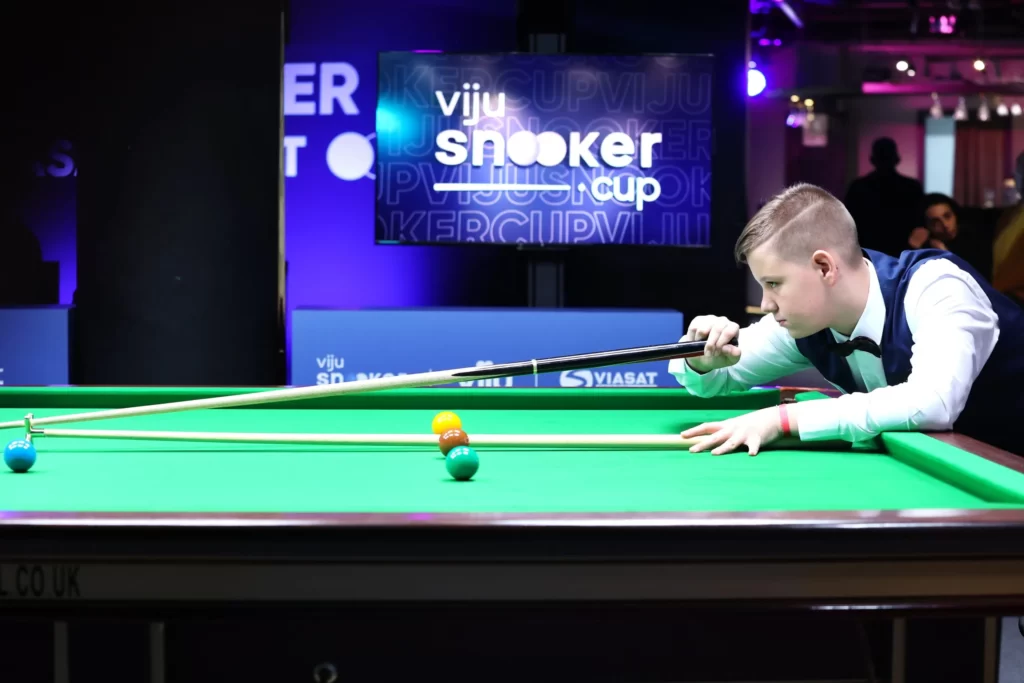 Snooker has won the hearts of millions of spectators around the world with its unique tournaments and legendary players. The World Championship, Invitational Masters and British Championship represent the true pinnacle of excellence, where every player strives to be part of history. May snooker continue to be a symbol of intelligence, endurance and elegance on the green where every shot can decide the fate of a champion.
Snooker has won the hearts of millions of spectators around the world with its unique tournaments and legendary players. The World Championship, Invitational Masters and British Championship represent the true pinnacle of excellence, where every player strives to be part of history. May snooker continue to be a symbol of intelligence, endurance and elegance on the green where every shot can decide the fate of a champion.








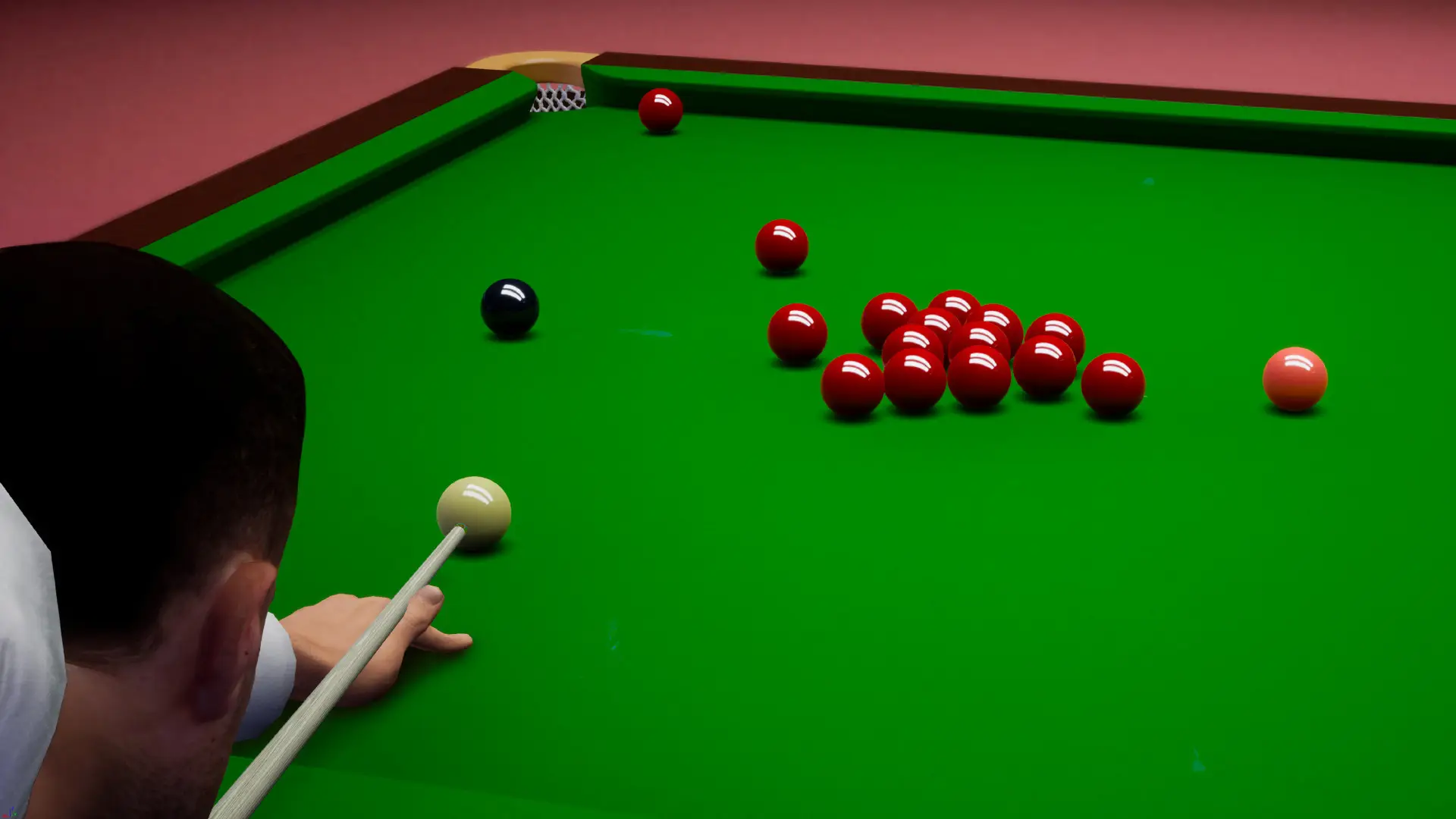
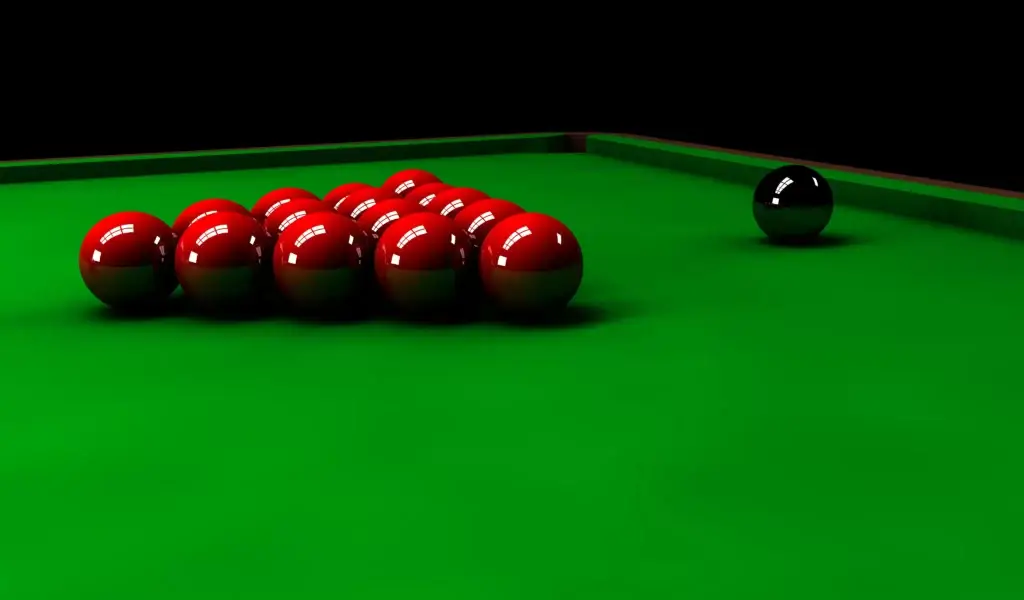 Fouls in snooker can be a real problem for beginners. One of the most common is missing the target ball, especially when trying to pot a color. This often happens due to improper cue setting or hitting too hard. According to snooker rules, in the event of a foul, the opponent receives at least 4 penalty points, and depending on the type of error – even more.
Fouls in snooker can be a real problem for beginners. One of the most common is missing the target ball, especially when trying to pot a color. This often happens due to improper cue setting or hitting too hard. According to snooker rules, in the event of a foul, the opponent receives at least 4 penalty points, and depending on the type of error – even more.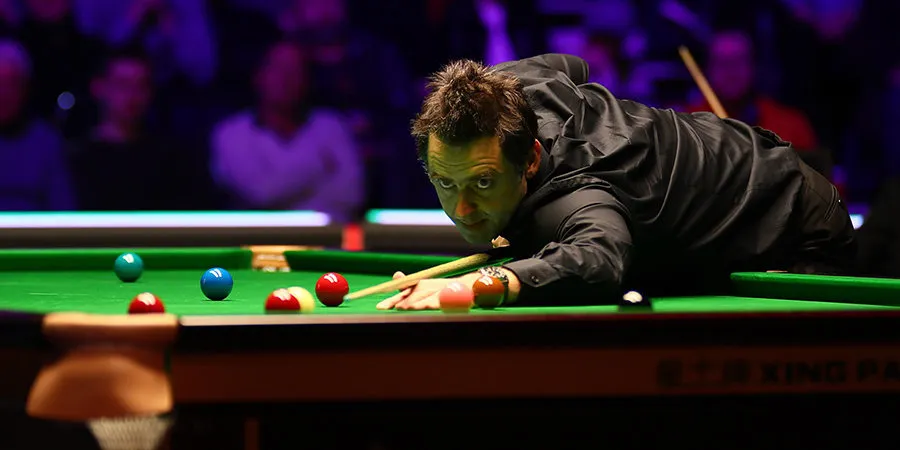 The rules of snooker open up a whole world of intelligent play, where it’s important not only to score balls, but to strategically construct each of your moves. Try playing and experience the magic of every shot and frame. The process requires maximum concentration, tactics and creativity. Take the cue in your hands and feel how each shot brings you closer to mastery – because the real beauty of snooker is in its depth and complexity.
The rules of snooker open up a whole world of intelligent play, where it’s important not only to score balls, but to strategically construct each of your moves. Try playing and experience the magic of every shot and frame. The process requires maximum concentration, tactics and creativity. Take the cue in your hands and feel how each shot brings you closer to mastery – because the real beauty of snooker is in its depth and complexity.
